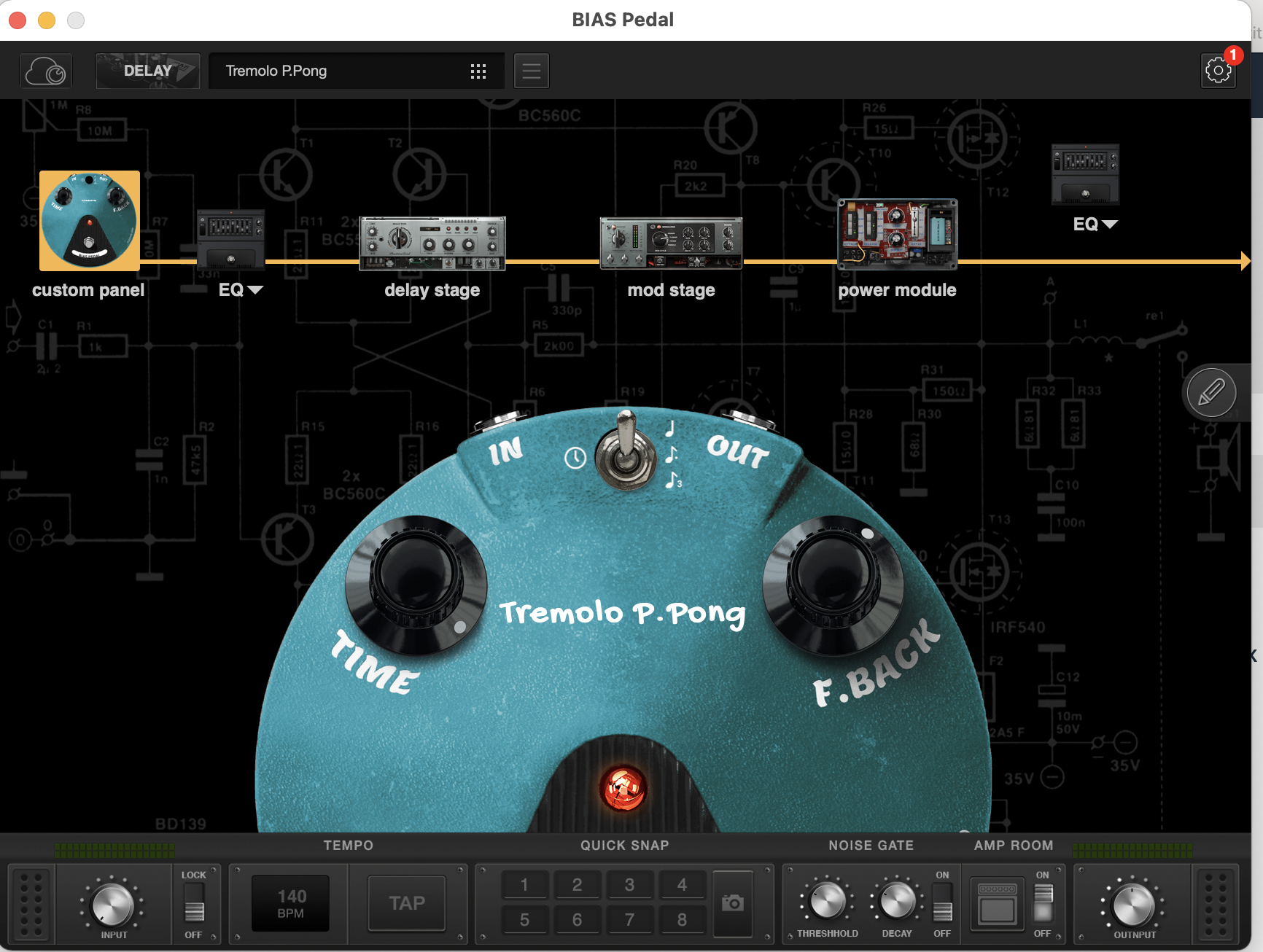

In case you want the configuration to work like a logic switch, for example with a microprocessor, the configuration will present a couple of points of operation of interest: first as the cut off point, and the other one as the saturation region. It means the area just under I B = 0 μA should be avoided for ensuring a clean and an undistorted output from the amplifier. The conditions based on the above newly establish current could be visualized in the following Fig 3.15 using its reference directions as outlined above.įor enabling amplification with minimum distortions in the common emitter mode, the cut off is established by the collector current I C = I CEO. READ MORE What is IGBT: Working, Switching Characteristics, SOA, Gate Resistor, Formulas as given below:Īssessing the above discussed scenario, where IB = 0 A, and by replacing a typical value like 0.996 for α, we are able to achieve a resultant collector current as expressed below: The cause for this variation in collector characteristics could be evaluated with the appropriate modifications of Eqs. 3.14 the I C is not really corresponding to zero while I B is zero.įor the common-base configuration, whenever the input current I E happens to be near zero, the collector current becomes equal only to the reverse saturation current I CO, in order that the curve I E= 0 and the voltage axis were one, for all practical applications. Notice that in the collector characteristics of Fig. The cutoff region for the common-emitter configuration doesn't appear to be nicely characterized compared to that of the common-base configuration. The active region of the common-emitter configuration could be implemented for voltage, current, or power amplification. If you remember these were exactly the same factors which persisted in the active region of the common-base setup. Within the active region of a common-emitter amplifier the collector-base junction will be reverse-biased, while the base-emitter junction will be forward-biased. The region on the left of V CEsat is known as the saturation region. 3.14a this region could be witnessed on the right side of the vertical dashed line at V CEsat and over the curve of I B equal to zero. The active region for the common-emitter configuration can be understood as that section of the upper-right quadrant which owns the largest amount of linearity, meaning, that specific area where the curves for I B tend to be practically straight and evenly spread out. READ MORE Load-Line Analysis in BJT Circuits The input characteristics can be seen as a plotting of input current (I B) against the input voltage (V BE) for a given set of output voltage values (V CE) This may be represented as: I E = I C + I B and I C =I E.įor our present common-emitter configuration, the indicated output characteristics are a graphical representation of the output current (I C) versus output voltage (V CE) for a selected set of values of input current (I B). The current flow directions for the emitter, collector and base are indicated as per the standard conventional rule.Īlthough, the configuration has changed, the relationship for the current flow which was established in our previous common base configuration still applies here without any modifications. Just like common base configuration here also two ranges of characteristics again become essential to fully explain the nature of the common-emitter setup: one for the input or base-emitter circuit and the next for the output or collector-emitter circuit. For an FET, the analogous circuit is termed as the common-source amplifier.

3.13 below for both pnp and npn transistors.īasically, here the transistor base terminal is used as the input, the collector is configured as the output, and the emitter is wired common to both (for example, if the transistor is NPN the emitter may be joined to the ground line reference), hence it gets its name as the common emitter. Common emitter amplifier is the the most commonly used transistor configuration can be seen in Fig.


 0 kommentar(er)
0 kommentar(er)
